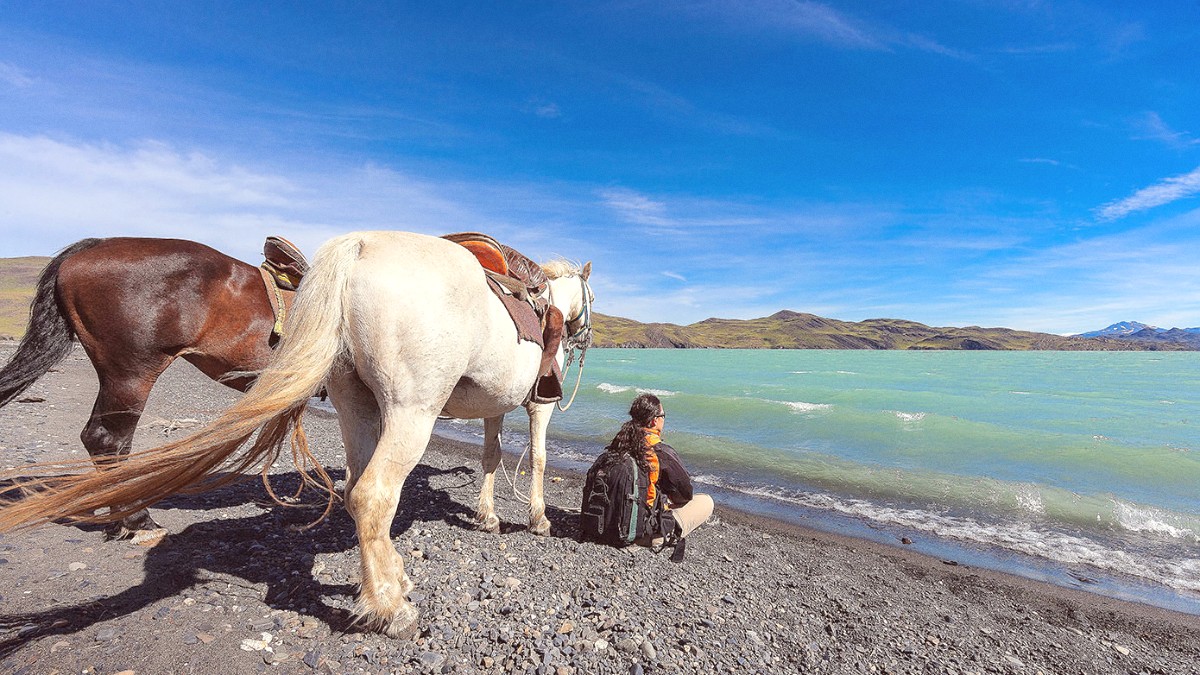
Tokelau does not have public transit systems like metros, buses, or trams. The atolls are too small to require such infrastructure.
Walking is the main mode of transport on the atolls. The small size of the atolls makes walking straightforward. You can easily walk across the main village areas within minutes.
Do not expect taxis or ride-sharing services in Tokelau. These concepts do not exist on the atolls.
Rental options for vehicles are nonexistent in Tokelau. No formal car, motorcycle, or scooter rentals.
Your hosts or community members will assist with any transportation needs beyond walking.
Small boats (dinghies) for inter-motu travel.
Depend on local contacts and availability via hosts.
No formal tour or hop-on-hop-off services.
No unique local transport like cable cars or funiculars.
Embrace the simplicity and intimacy of exploring Tokelau on foot or by bicycle.
Infrastructure is extremely limited for mobility impairments.
Reliance on communal support rather than commercial services defines local transport.
Movement is on island time; allow ample time for all activities.
Movement between Tokelau's three atolls relies entirely on the government-chartered ship, MV Mataliki.
Northernmost atoll, first stop from Samoa.
Island of fishing and quiet life.
Central atoll, known for its pristine lagoon.
Mid-journey stop, cultural heart.
Southernmost and most populous atoll.
Final destination for the ship.
A journey to Tokelau is an opportunity for profound cultural immersion and an escape from the modern world.
Bring plenty of Samoan Tala cash; no ATMs or card services on atolls.
Pack a comprehensive first aid kit and all personal medications.
Travel depends entirely on the irregular MV Mataliki schedule.
Tokelau provides a rare opportunity to step into a world where community and nature live in harmony.
Your visit supports the local way of life and offers an experience truly off the beaten path.